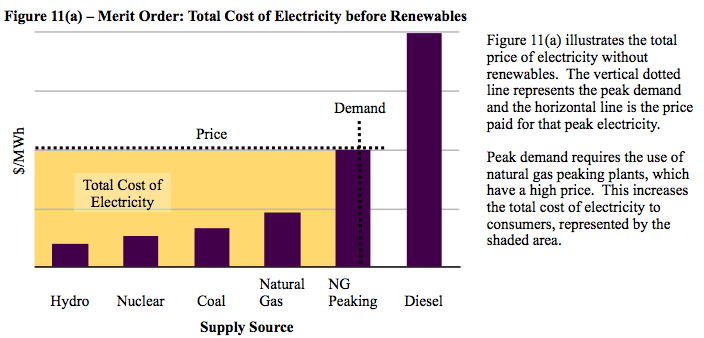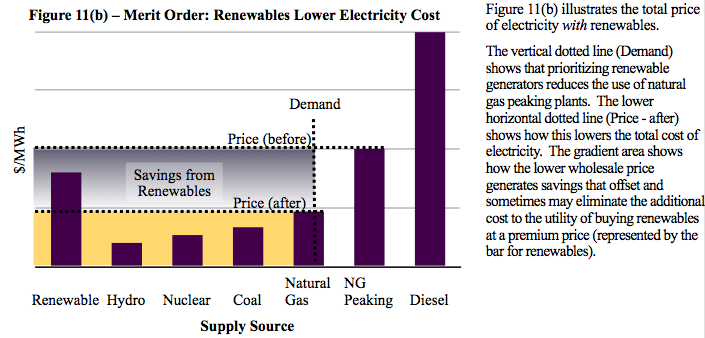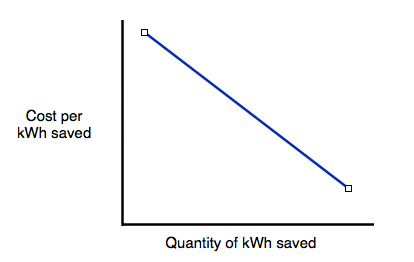 Rooftop solar is no longer the playground for granolas and Germans. But even when utilities join the solar PV game, they find that the distributed nature overcomes many of the technical and political barriers. A 2008 change in federal tax policy opened the door to utilities to invest in solar PV and utilities like PG&E are planning sizable installations (250 MW). PG&E will do a ground-mounted field of modules in the desert, but other utilities are finding distributed PV makes more sense:
Rooftop solar is no longer the playground for granolas and Germans. But even when utilities join the solar PV game, they find that the distributed nature overcomes many of the technical and political barriers. A 2008 change in federal tax policy opened the door to utilities to invest in solar PV and utilities like PG&E are planning sizable installations (250 MW). PG&E will do a ground-mounted field of modules in the desert, but other utilities are finding distributed PV makes more sense:
Southern California Edison already plans to scatter 1 MW and 2 MW rooftop PV installations across its service territory, part of its goal to deploy 250 MW of PV over the next five years. Minimizing transient spikes is one reason. A second is that transmission remains the No. 1 barrier to renewable energy growth in California, says Mike Marelli, the utility’s director of renewable and alternative power contracts. “We can implement smaller systems with little or no transmission” additions, he says.
It’s hard to argue that transmission is a barrier when you’ve got 250 MW coming online without it! The good news is that the distributed solar also helps overcome some of the variability issues with solar power:
“During cloudy periods, the output from PV can get noisy with spikes,” which can have an effect on the grid, says Kelly Beninga, global director of renewable energy for WorleyParsons. PV installations around 20 MW in size can be managed without too much trouble. Larger than that and portions of the grid can be affected by passing clouds… To better understand the issue, NV Energy is studying power output variations that may result from deploying PV in and around Las Vegas. The study won’t be complete for another year, but Tom Fair says early data suggest that geographic dispersion helps dampen variability. A second finding is that solar facilities need to be placed on strong parts of the grid. “That leads us away from having huge amounts of PV at any one site,” Fair says. Ten to 20 MW at any one site might be the limit.
The utility interest in solar PV may help remove some of the stigma, and show that even small-scale modules can have a big-scale impact.
Photo credit: Schroeder, Dennis – NREL Staff Photographer
… Read More






 The report [Synapse Energy Economics Inc.:
The report [Synapse Energy Economics Inc.:  Rooftop solar is no longer the playground for granolas and Germans. But even when utilities join the solar PV game, they find that the distributed nature overcomes many of the technical and political barriers. A
Rooftop solar is no longer the playground for granolas and Germans. But even when utilities join the solar PV game, they find that the distributed nature overcomes many of the technical and political barriers. A